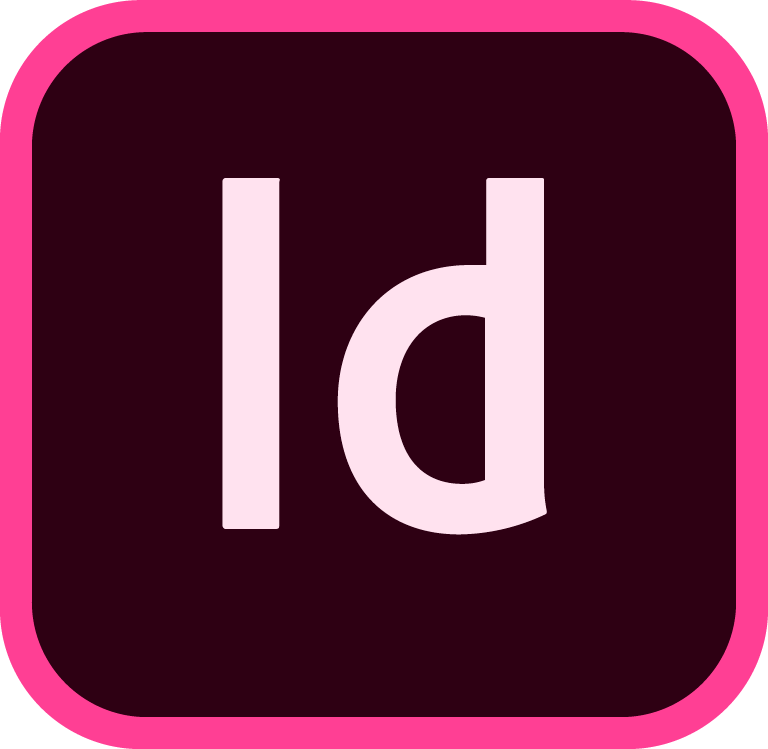Anxiety


Design a housewares product for the Inspired Home Show student competition

Primary research | Interviews

Lorin P.
Former Army Veteran | Post-Traumatic Stress Disorder & Traumatic Brain Injury
“I tense up, shorten my breath, open my ears, start to sweat, images and words flying through my head at a rapid speed”
Lorin has a strong support group and is on top of his mental health, but he still has times where his physical reaction to anxiety is overpowering.
Katherine C.
Former Addict | Generalized Anxiety Disorder
“Insomnia is one of my biggest problems...I find grounding techniques to be unreliable when anxious”
Katherine loves her life and sees a therapist, but still struggles with physical symptoms of anxiety.


Megan W.
Clinical Therapist, MSCMHC, LAC | 20+ years of experience
“I can’t even always talk to a fellow professional to address the secondhand trauma and compassion fatigue I have from work. I would be interested in something for myself between clients”
Megan has extensive knowledge about the common mental health problems that many people struggle with, including the ones mental health professionals often face due to work related stress.

User Needs Heirarchy & Actionable Insights


Evidence-Based Treatments
Heart rate variability biofeedback (HRVB) uses the connection between breathing and heart rate, along with each person’s unique resonance to heal disorders of the autonomic nervous system. Breathing in increases your heart rate, breathing out decreases it and when a person breathes in conjunction with their heart’s resonant frequency (between 4.5 - 6 breaths per minute), they are able to restore balance to this extremely important biological system.

Considered and evidence-based treatment for:
Depression
PTSD
Substance Abuse
Insomnia
Cravings
Hypertension
Asthma
Tactile Bilateral Stimulation is the use of alternating right, left physical stimulation through touch. Bilateral stimulation is used to activate and integrate information from the brain’s two hemispheres.

50% decrease in waking up after falling asleep
20% decrease in time to fall asleep
52% decrease in Insomnia Severity Index


Alternated between sketching, modeling with clay, CAD and 3D printing to find an overall form, then moved on to incorporating scent.

Started by filling cells in my original lid with scented wax

Switched to oil instead of wax to allow better user customization

Added holes in a lotus shape to the interior faceplate to afford air circulation between the scent and the user.

Simplified the oil chamber and added a sliding snap fit on the bottom using a remote’s battery lid as a guide

Based the overall shape and look on earphone cases to take advantage of the mental models users have established
Used a lotus form on the interior because of its symbolic connection to wellness
Incorporated scent into the user experience to facilitate the habitual use necessary for positive change
Final Design






Companion App
+ controls the bilateral stimulation tools
+ guides the HRV meditation/training
+ holds important health documents
+ guides the HRV meditation/training
+ holds important health documents
+ provides social groups based around healthy lifestyle
+ provides curated research about mental health.
+ provides a way to visualize progress
+ provides curated research about mental health.
+ provides a way to visualize progress

Recall the obstacles in mental health treatment:

Addressing PTSD, depression, anxiety, creates conversation around these illnesses and helps combat stigma.
The use of a product helps the human resource shortage.
Providing a centralized location for health related documents helps with the fragmented health care models that are currently in place.
The app allows users to opt in to sending research information on how well the product is addressing their mental health concerns, specifying each tool used. This allows a large scale study on the role technology can play in address the mental health crisis.
The relative cost of UVO is significantly lower than than conventional mental health treatment.
The use of a product helps the human resource shortage.
Providing a centralized location for health related documents helps with the fragmented health care models that are currently in place.
The app allows users to opt in to sending research information on how well the product is addressing their mental health concerns, specifying each tool used. This allows a large scale study on the role technology can play in address the mental health crisis.
The relative cost of UVO is significantly lower than than conventional mental health treatment.
programs used in this project & presentation














